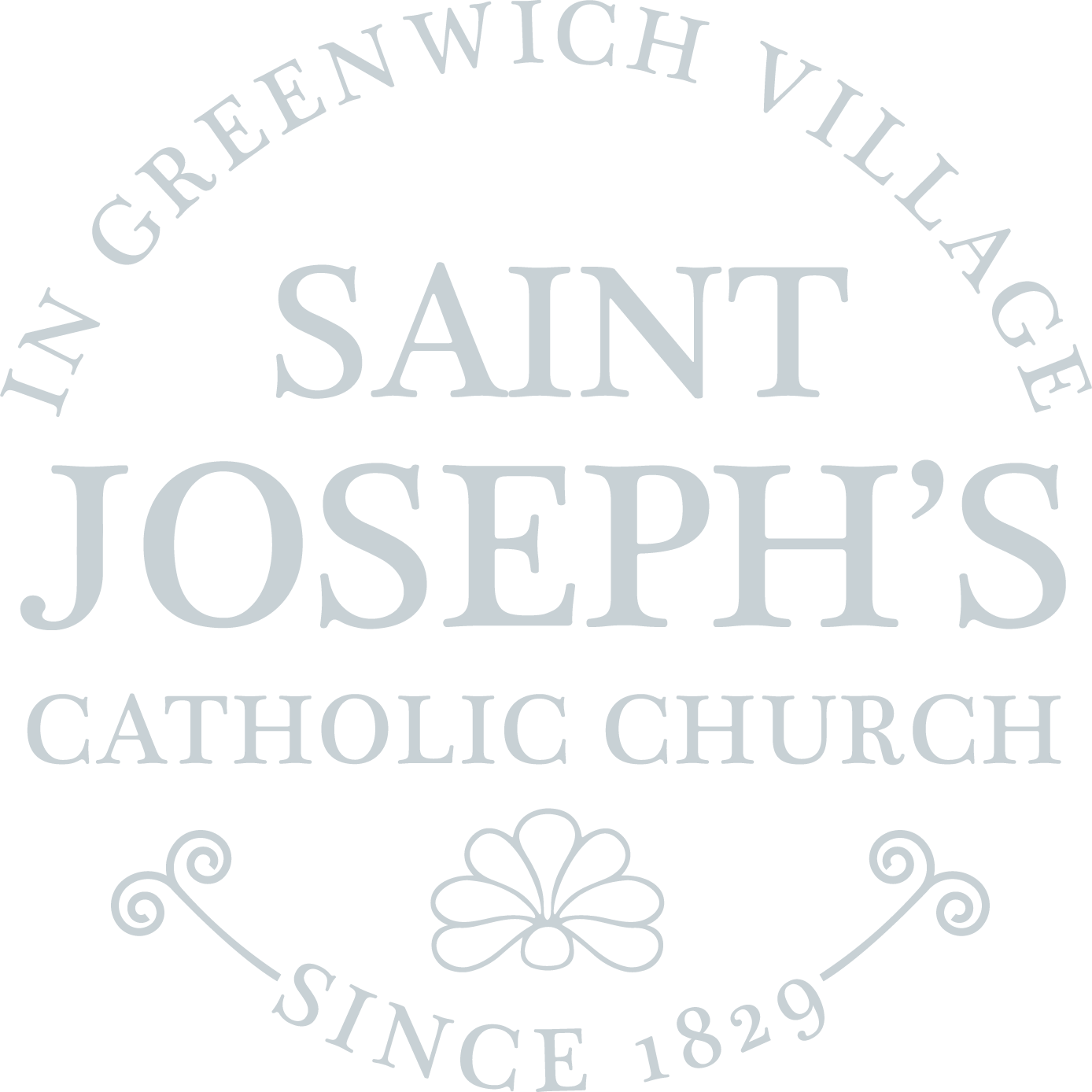June 25, 2023
12th Sunday in Ordinary Time
by Fr. Boniface Endorf, O.P
Dear St. Joseph Parish Family,
We are continuing to sign people up for the adoration chapel. Please continue to pray for the success of the chapel and consider signing up yourself if you haven’t already done so. It will bring many graces to your life!
Also, as I continue to write the Mass Tidbits, which hopefully you’ve found useful, there’s also another resource you may be interested in. Bishop Robert Barron has a great video series on the Mass that you can view for free here: https://videos.wordonfire.org/themassepisode1. These videos can help you enter more deeply into the sacred mysteries of the Mass in order to encounter Christ more profoundly and receive the many graces He desires to give you.
God Bless,
Fr. Boniface
Mass Tidbit:
The next part of the Roman Canon, Eucharistic Prayer I, is the Commemoration of the Living. It reads: “Remember, Lord, your servants, [priest then joins his hands and there’s a moment of silence] and all gathered here, whose faith and devotion are known to you.”
There are a few things to note. First, here we are praying for the living—that the graces of this Mass may be efficacious for them. In that moment of silence we should mentally name those in particular we want to pray for. During that silence, I always mentally name our parishioners, the Dominican community, and my family. You should use that silence to pray for the living who need it. Later in the Eucharistic Prayer we’ll pray specifically for the dead, and there will be another moment of silence for that, so stick to the living here.
For what exactly are praying for the living? The next part of the prayer says: “For them, we offer you this sacrifice of praise or they offer it for themselves and all who are dear to them: for the redemption of their souls, in hope of health and well-being, and paying their homage to you, the eternal God, living and true.” We are praying that the sacrifice of the Mass may profit them for salvation. It also says “offer it for themselves” meaning that all at Mass should join in this prayer, not simply the priest.
Second, I haven’t mentioned the priest’s gestures much. Usually during the Eucharistic Prayer the priest’s hands are outstretched in what is called the orans position (orans means ‘praying), which signifies priestly prayer. However, at specific moments the Missal instructs the priest to join his hands, such as above. These are called the rubrics, which are like stage instructions for the priest: where he should be standing, what he should be doing with his hands, etc. They are called rubrics because that means ‘red’ in Latin and the stage directions are in red and what he should say, his lines, are in black in the Missal.
